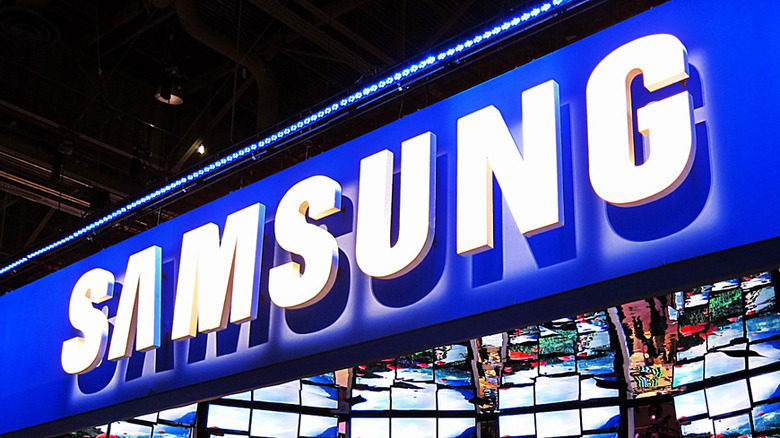As iPhone Sales Stall, Galaxy S7 Is Even Hotter Than Samsung Expected
As it does ahead of each quarterly earnings report, Samsung on Thursday announced earnings guidance for the second quarter of 2016. The company expects Q2 2016 operating profit to come in at about $7 billion, up a healthy 17% from the same quarter last year. It will mark Samsung's strongest profit performance in more than two years, and it's thanks in large part to strong sales of Samsung's new Galaxy S7 and Galaxy S7 edge flagship smartphones. Samsung shares jumped 2% on the results.
Samsung warned six months ago that 2016 would be another difficult year for the consumer electronics giant after a disappointing 2015, suggesting that not even Samsung itself expected its new flagship smartphones to sell so well.
MUST SEE: Leaked Galaxy Note 7 renders may show us the iPhone 7 Plus' worst nightmare
Samsung's latest flagship smartphone duo was well received by reviewers and fans alike. We have repeatedly called the larger and more expensive Galaxy S7 edge the most desirable Android phone in the world, and the handset's steeper asking price is clearly helping Samsung's bottom line. As great as these new flagship phones are on their own, however, a bigger story has developed over the past half-year.
Back in April, Apple worried investors when it announced that iPhone sales had declined for the first time ever. But sales hadn't just declined, they fell off a cliff. Apple sold 51.2 million iPhones in the March quarter this year, down from 61.17 million in the same quarter a year earlier. Even though that figure was in line with some analysts' expectations, selling 10 million fewer iPhones on-year is troubling.
Apple bulls pointed to two main factors when explaining away the steep decline. The first is accurate: sales were so astronomical in the iPhone 6 cycle thanks to pent-up demand for iPhones with larger screens that there was no way Apple could continue selling iPhones at that pace. The second, it turns out, was not: Analysts said that opportunities at the high-end of the smartphone market were vanishing as key regions became saturated.
Guess what — Samsung's Galaxy S7 and Galaxy S7 edge are just as expensive as the iPhone 6s and 6s Plus (though Samsung sales are helped much more by discounts and promotions than iPhones), yet Samsung posted a 17% growth in profit following a strong first quarter. And both quarters were thanks largely to healthy sales of the company's high-end smartphones.
Apple is set to report its June-quarter earnings later this month and it will certainly be interesting to see if things picked up like they did for Samsung, or if the South Korean company really is taking a bite out of Apple right now.
